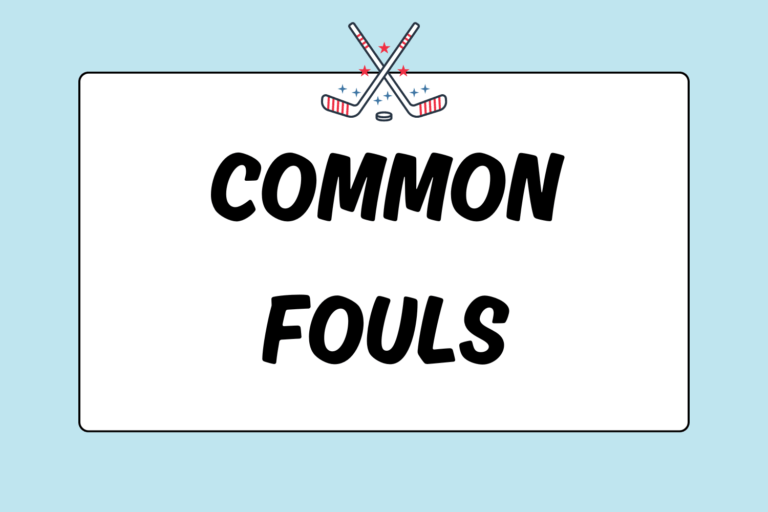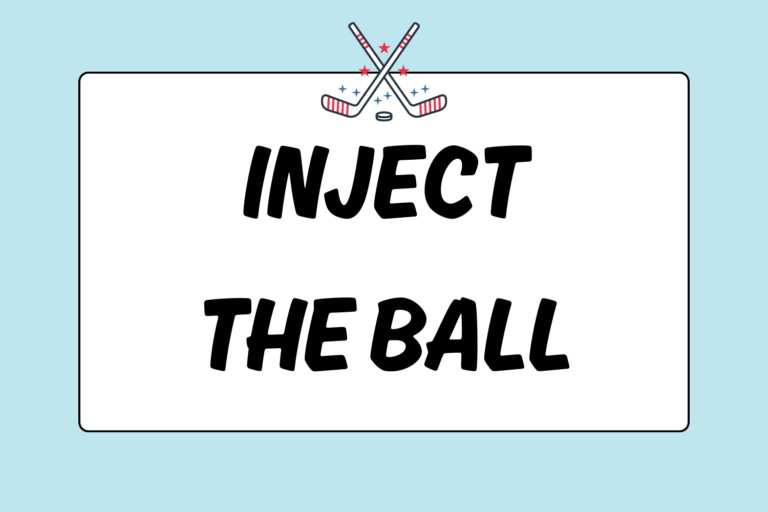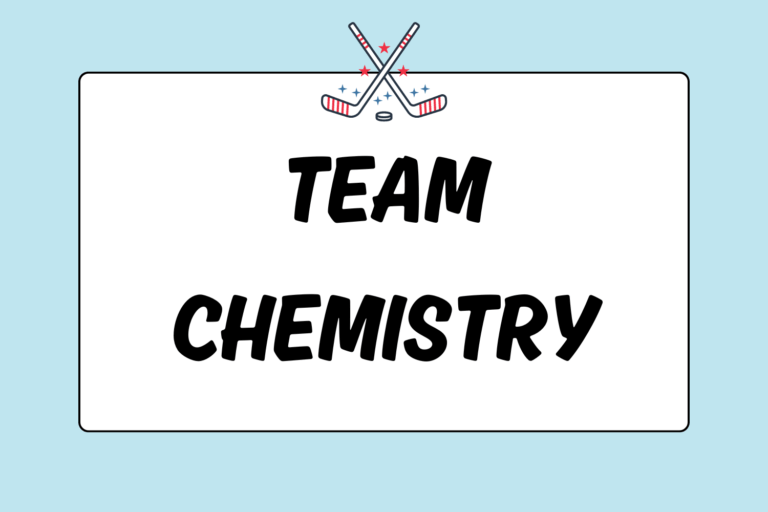It’s not the positions you assign to the players that matters the most; it’s how they work together within those positions. Every role and responsibility has to be understood. The basic lineup of a team includes forwards, midfielders, and defenders. This guide will discuss the intricacies of a lineup, and offer tips on how you can create an offensively or defensively strong formation.
The Field is Split into Zones
To better understand positioning, you can look at the field as being split into four zones:
- Attack zone: The area between the offensive end line and the 25-yard line
- Blitz zone: The area between the offensive 25-yard line and the center line
- Challenge zone: The area between the center line and the defensive 25-yard line
- Defense zone: The area between the defensive 25-yard line and the end line
The blitz and challenge zones have also been referred to as the “midfield” or “neutral” zones. Each line has its own specific roles within each zone. For example, in the blitz zone, the midfielders’ and forwards’ goals are to take control of the ball and set up their offensive plays. In the challenge zone, the midfield and defensive lines work to move the ball out of the middle of the field and towards the sidelines. Lastly, the defense is responsible for getting the ball out of the defensive zone, and the forwards are responsible for scoring goals in the attack zone.
3-3-3-1-1 Lineup
The 3-3-3-1-1 formation provides your team with heavy positioning in the middle of the field. The lineup positions are as follows:
- Three forwards: Left, center, right
- Three midfielders: Left, center, right
- Three defenders: Left, center, right
- One sweeper
- One goalie
The advantage of this type of lineup is that the defense can control the middle of the field, moving the opponents to the sidelines. The sweeper is the unique player in the lineup. Positioned behind the defense, her job is to intercept any passes and pickup any unmarked players. She provides the team with an extra player in the defensive zone.
Read our guides, A Guide to Offensive Positioning in Field Hockey, How to Play Midfield in Field Hockey, and How to Play Defense in Field Hockey for in-depth information on the positioning in the different lines.
The Sweeper System
European leagues play a slightly altered version of this lineup, known as the “sweeper system.” Instead of playing their sweeper behind the defense, she’s played in front. This strategy not only gives them an extra player on defense, but it also gives them an additional player on offense. Her role in the lineup is to intercept passes and control the ball in the neutral zones (the challenge and blitz zones). If the other team gets past her, she must run back to resume her position as the traditional sweeper (behind the defense). When the team is on offense, she moves up to support them in taking shots and making plays.
Mental Edge
The trick to effectively use the European sweeper system is to make sure your midfield line is incredibly fit. They need to be able to transition between offense and defense without leaving large gaps in the neutral zones.
Additionally, when the ball is being moved up the field, the defenders should push forward to close the gap. At least one defender should remain near the centerline to protect against any offensive breakaways the opposing team may get. Your defense must also be quick enough to rush back to their positions if their line gets compromised.
5-3-2-1 Lineup
The main difference between this lineup and traditional lineups is that it is played with the inner position. The lineup is as follows:
- Three forwards: Left, center, right
- Two inners: Left, right
- Three midfielders: Left, center, right
- Two defenders: Left, right
- One goalie
This lineup is strongly weighted towards the offense. Instead of having the traditional three forwards, there are five offensive players. The inners are the additional players on the offensive line, positioned between the forward and midfield lines.
The inners act as both the offensive midfield and forward lines. They dominate the plays made in the blitz zone and act as support for the three-man forward line. The traditional midfield line takes on a different role, as well, playing more defensively minded. Their role is to clear any balls out of the defense and challenge zones. To better understand this lineup, think in terms of zones:
- The forwards are responsible for the attack zone.
- The inners man the blitz zone.
- The midfield covers the challenge zone.
- The defenders occupy the defensive zone.
This lineup also forms perfect opportunities for triangle passing because the positions are setup so each player always has an opportunity to make a flat or through pass to an open teammate. This makes passing within triangles more fluid and more natural for the team. Read our guide “How to Use Triangle Passing in Field Hockey” for more information.
Create Your Lineup
The formations listed above are popular in professional field hockey because they work well to control the neutral zones. If your team can gain control of the ball in the challenge and blitz zones, they will be more successful in the long run. Getting your players to work together in these positions comes with time and practice. If you get one of these lineups to work for your team, they’re sure to become a powerhouse!





